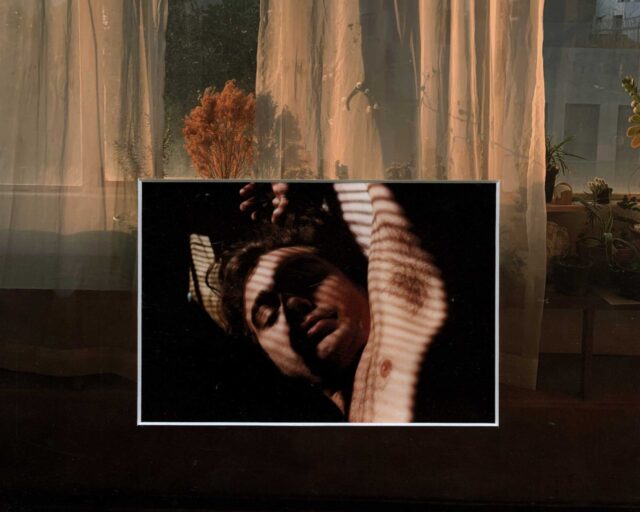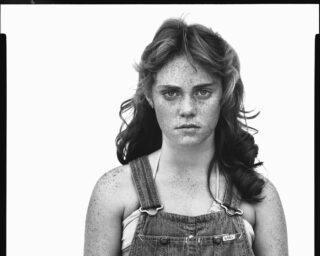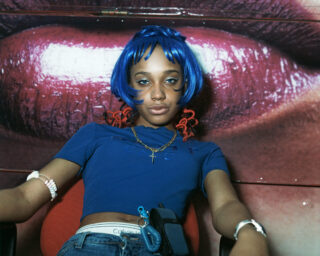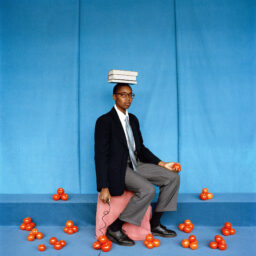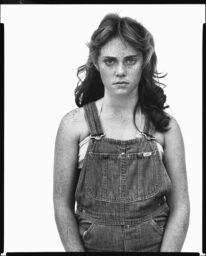Introducing: Natalie Keyssar
In the seven years that Natalie Keyssar has spent photographing Venezuela, she has come to understand herself as a student of a culture that produces miracles.
In February 2014, four years into her career as a photojournalist, Keyssar’s first glimpse of Caracas was during a self-appointed assignment to cover the widespread protests that had overtaken Venezuela. Public discontent due to government corruption and deteriorating social and economic conditions soon devolved into violent clashes between protesters and government forces—rattling Nicolás Maduro’s unsteady presidency, whose slim victory the previous April marked a moment of immense fragility for the Bolivarian Revolution. In retrospect, Keyssar describes her first photographs of Venezuela as having “missed the point” and unwittingly contributed to “oversimplified narratives” about the crisis.
“I knew I didn’t understand, and I wanted to understand,” Keyssar recounted during a conversation in late March. “I wanted to communicate the complexities that were causing this unrest, and not just take the unrest out of context.” After wrapping up her assignment, Keyssar traveled home to New York City, only to pack her bags and return to Venezuela—this time compelled by an incipient awareness of the many ways in which Caracas would soon become her classroom.

In the years that followed, Keyssar produced an expansive body of work, which serves as a rare record of contemporary Venezuelan life. Her photographs eschew the photojournalistic tendency to zoom in on crisis, and instead linger on the affective residues and reorganizations of community life that crisis wears into the everyday. In doing so, these images make room for narratives that get written out of patriarchal political representations of Venezuelan life—in particular, the everyday experiences of Venezuelan women.
“So much of documentary photography focuses on the stars of the political show. There’s a circus around the men in power,” Keyssar says. “But if you pull back just a little bit, often in the same spaces, you start to see the roles that women play.”
In her series Make Me A Little Miracle (2014–ongoing), Keyssar proves the radical effects of pulling back by presenting a selection of images where women are no longer portrayed as redundant bodies in masculinized zones of conflict, but are instead acknowledged as fundamental agents in the sculpting and maintenance of Venezuela’s daily realities.
“I often see Venezuelan women as holding the fabric of society together as it tries to fall apart,” Keyssar says. In her photographs, evidence of this holding becomes enfleshed in a variety of iterations: women holding their heads down as an act of protection; holding each other as they climb over a broken fence; a woman holding herself in an empty kitchen. By centralizing these forms of holding, Keyssar’s photographs give stark legibility and protagonism to the ways Venezuelan women support their communities as they mitigate and maneuver the challenges of political violence and economic crisis.
Titled after a stanza in Rubén Blades’s 1978 salsa homage to María Lionza—a national emblem of hope and feminine strength often called upon for miracle work—Make Me A Little Miracle envisions these forms of maneuvering as a type of miracle working. However, miracles should not be understood as spontaneous blessings, but as the direct results of women’s labor and learning. “Despite all the hardship, there’s a space for the miraculous,” Keyssar says. “There’s a culture of overcoming, which has expanded my understanding of what is possible.”
Still, there’s a simultaneous grief and joy to the way Keyssar’s photographs apprehend these miracles while sensing the immanent pressure of hardship. Imbued with both gratitude and cautious admiration, Make Me A Little Miracle functions as the ramo de flores (bouquet of flowers), which Keyssar extends toward María Lionza—and all the women who aid her—in hopes that she might bear witness to one more miracle.
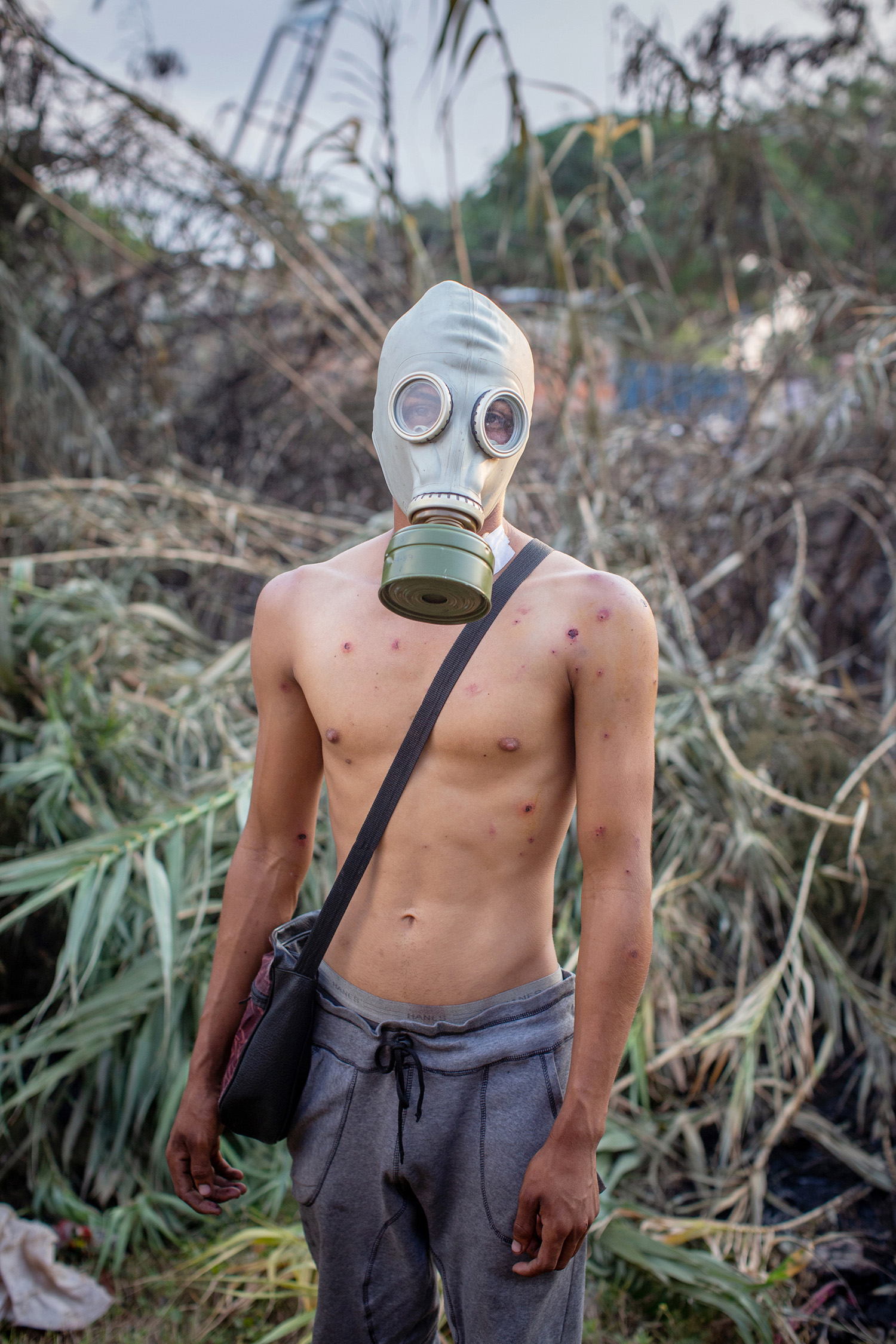
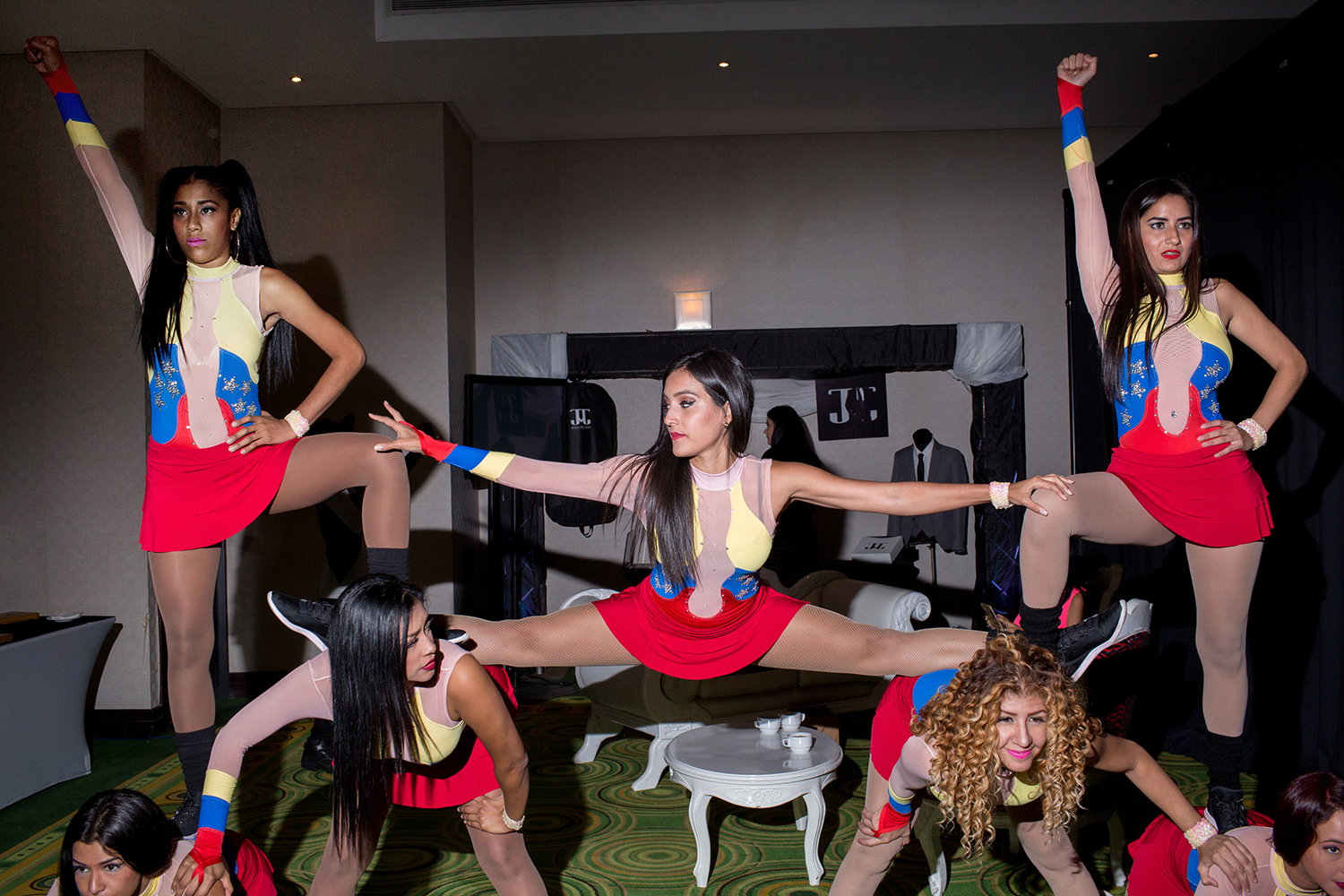

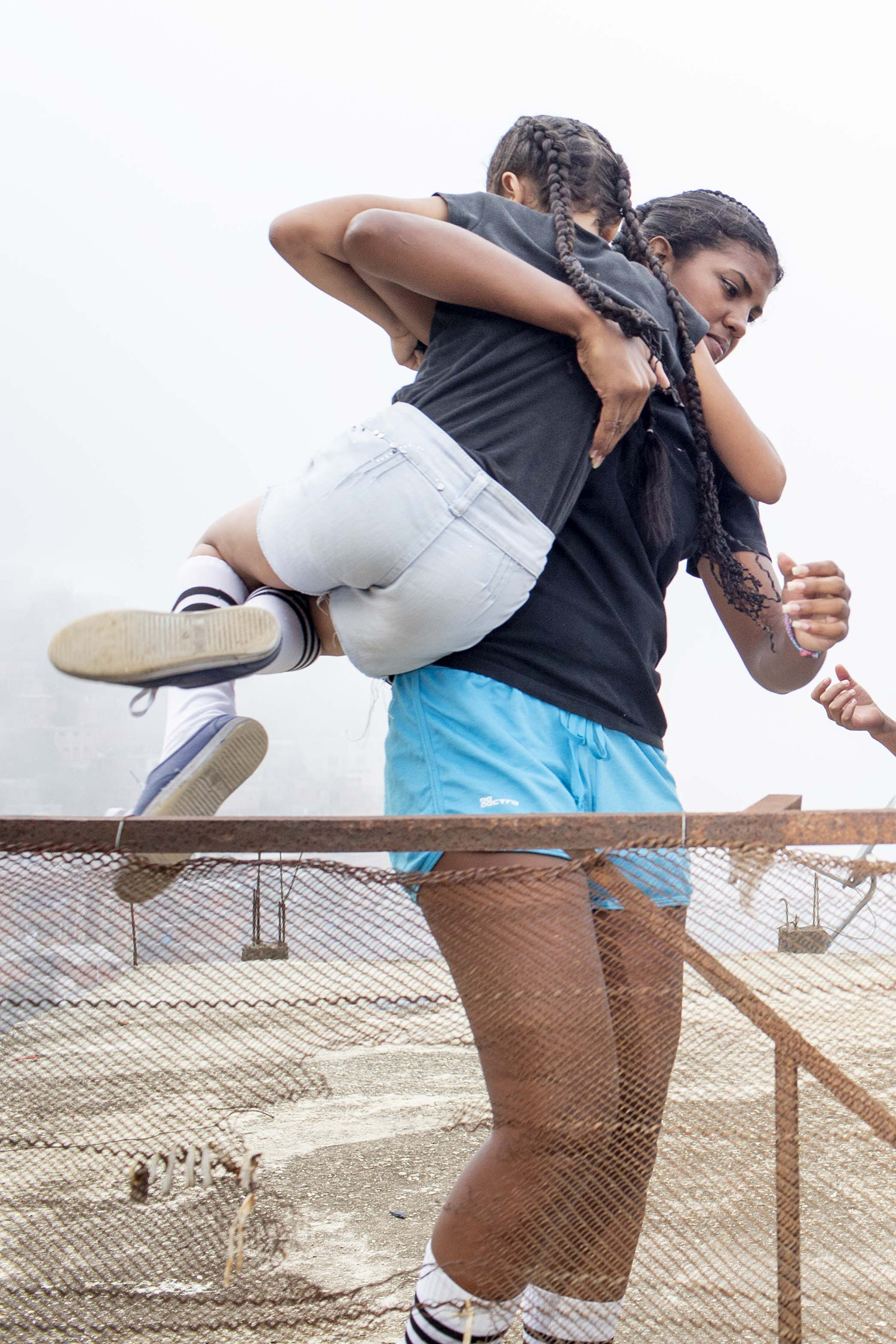
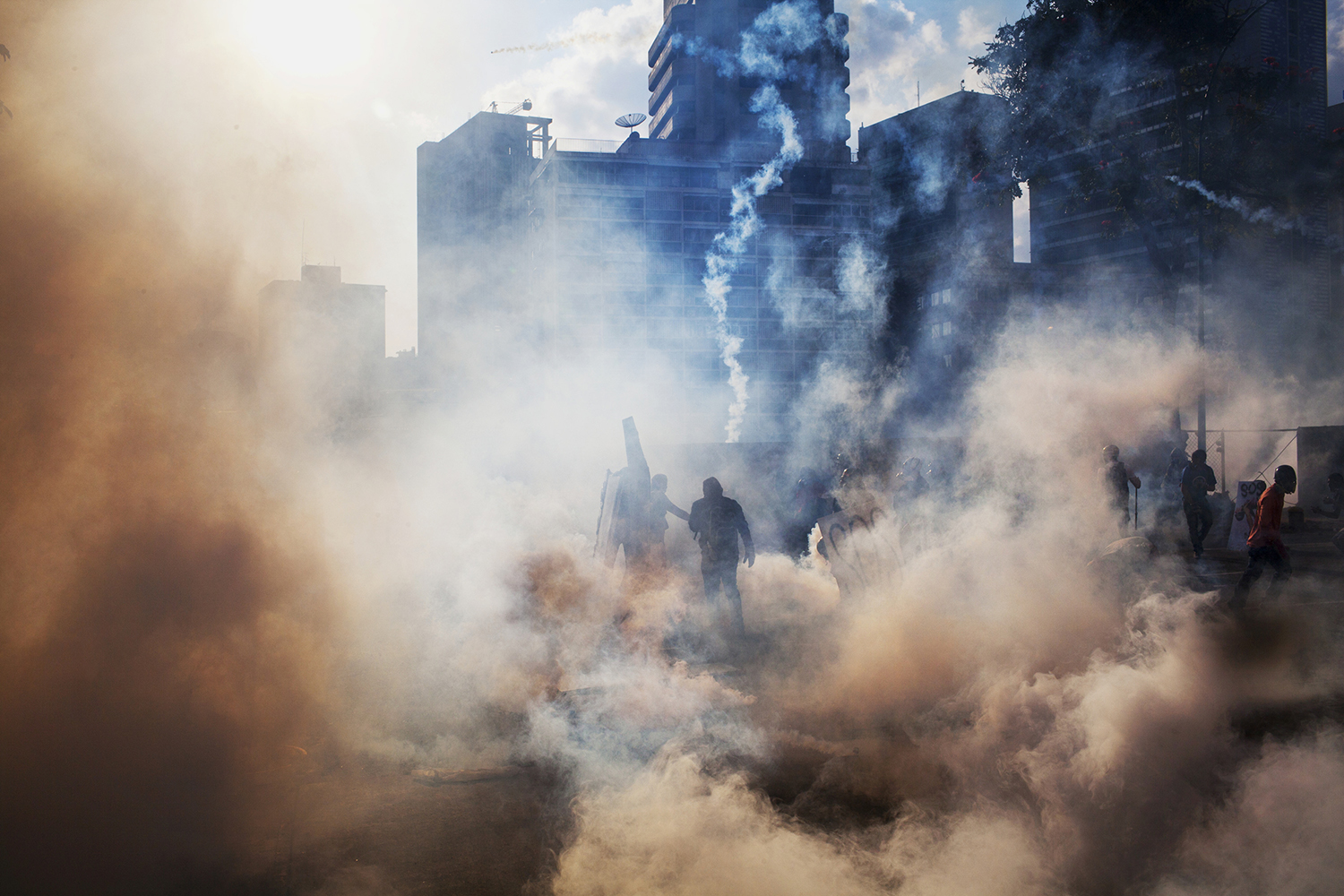
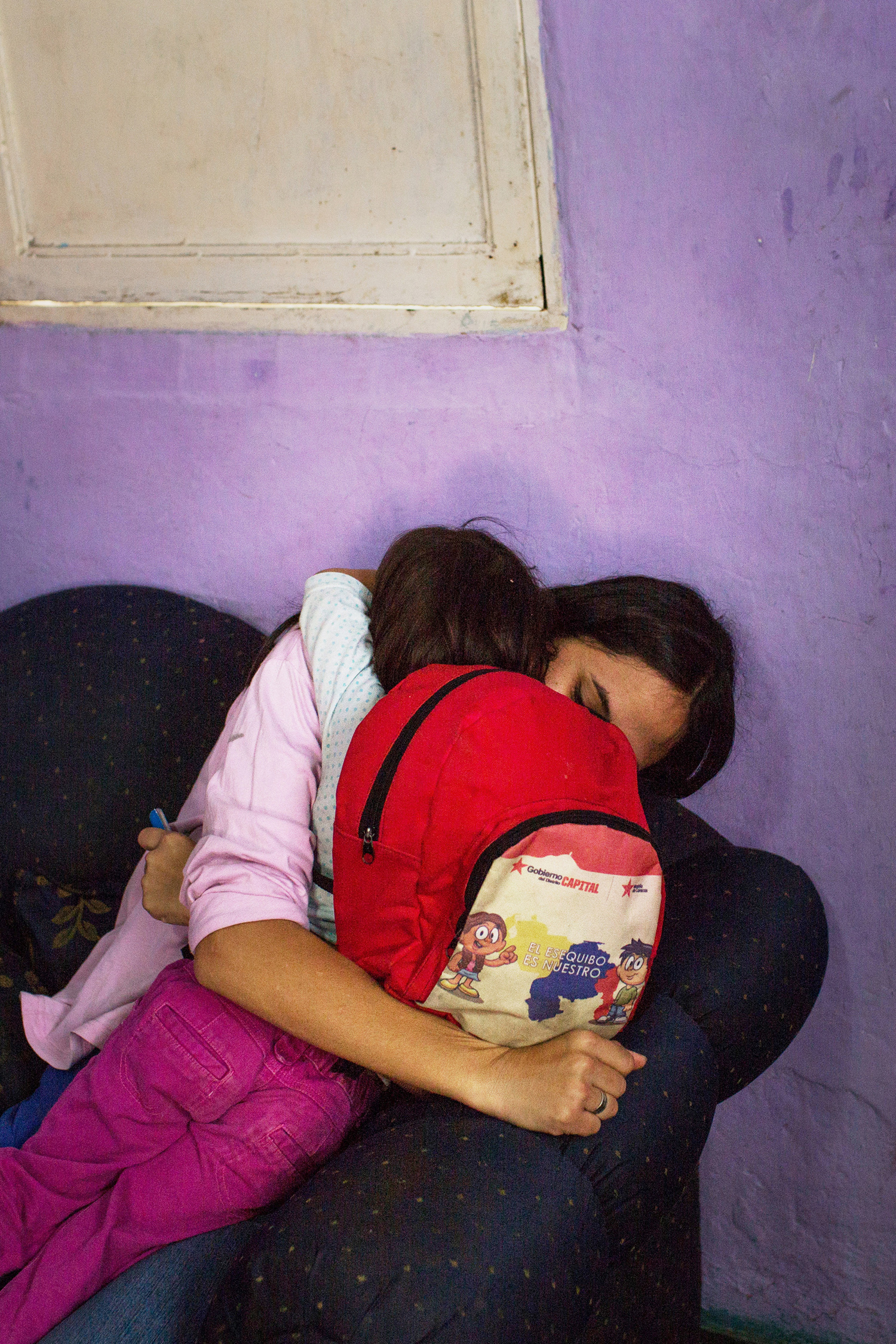

All images from the series Make Me A Little Miracle (2014–ongoing) courtesy the artist.
Read more from our series “Introducing,” which highlights exciting new voices in photography.












